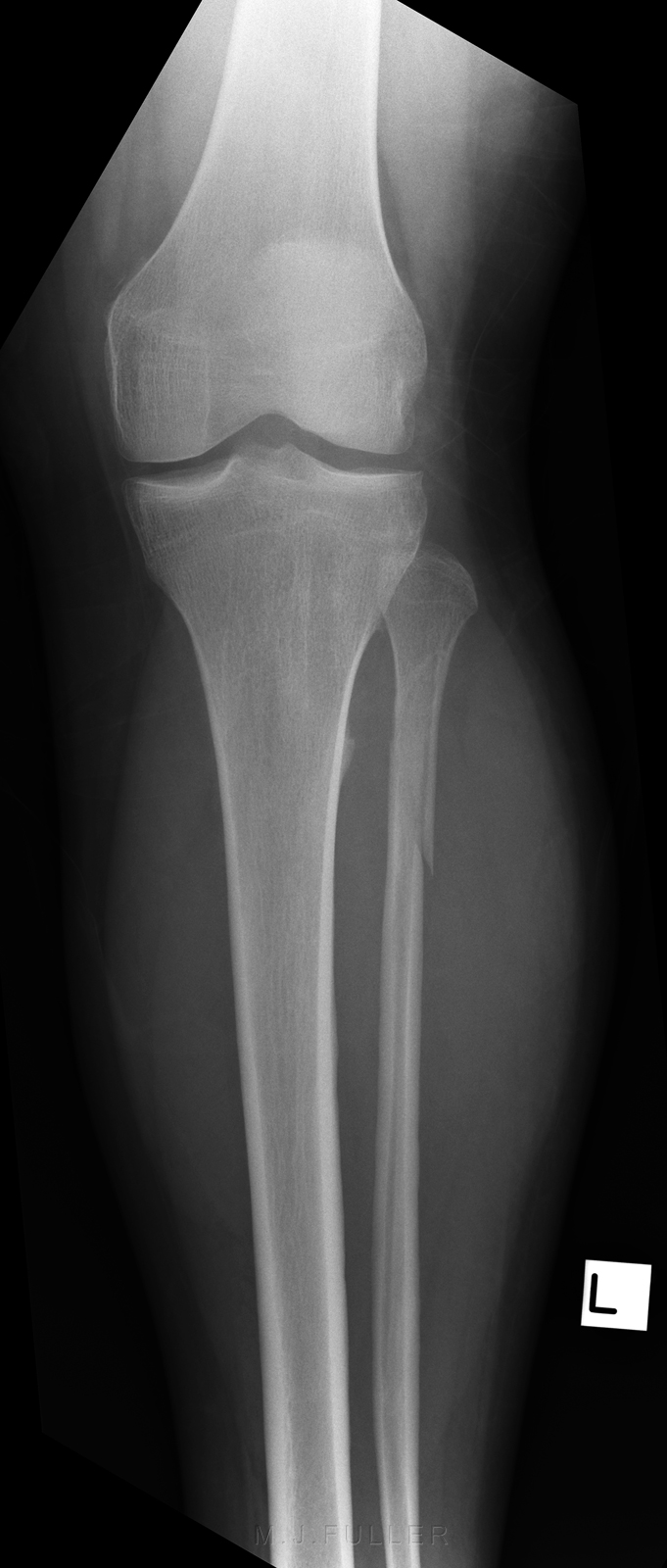

Ĭomminuted or transverse fibular fracture (proximal to tibial plafond) Branches from the peroneal, anterior, and posterior tibial arteries provide the arterial supply to the ankle joint.

The ankle joint is innervated by articular branches from the tibial nerve, superficial and deep peroneal nerves. The lateral ligament complex resists the ankle from over the inversion. The lateral ligaments complex consists of three ligaments originating from the lateral malleolus and attaches to the talus (anterior and posterior talofibular ligaments) and the calcaneus(calcaneofibular ligament). The deltoid ligament originates from the medial malleolus and attaches to the talus, navicular, and calcaneus bones and stabilizes the ankle joint against over eversion. The syndesmosis is formed by three main parts the interosseous tibiofibular ligament, the anterior inferior tibiofibular ligament, and the posterior inferior tibiofibular ligament. The ankle syndesmosis is a fibrous joint connecting the distal tibia and fibula. The ankle joint entires three malleoli the lateral malleolus (distal end of the fibula), medial malleolus (medial lower end of the tibia), and the posterior malleolus.Īnkle joint stability is provided by the ankle mortise articulation with the talus body, the ankle syndesmosis, the ligaments and muscles around the ankle joint. The distal tibia and fibula articular portions together form the ankle mortice, which contains the body of talus bone. It is formed by the articulation between three bones distal tibia, distal fibula, and talus bone. The ankle joint is a hinge synovial joint that moves in one plane to produce dorsiflexion and plantar flexion. Treatment of these fractures aims to restore joint stability and alignment to reduce the risk of post-traumatic ankle arthritis.
#Maisonneuve fracture code
For a subsequent admission, only code the injuries that meet the criteria in ACS 0001 Principal diagnosis or ACS 0002 Additional diagnoses.Ankle fractures are common injuries that could result from a trivial twisting injury in old frail patients up to high energy trauma in a young population. Please note that as per ACS 1907 Multiple injuries, in the initial admission all documented injuries must be coded. To code the unstable ankle injury, if there is no further specificity of the type of unstable ankle injury (eg sprain), assign S99.8 Other specified injuries of ankle and foot following the Index entry Injury (traumatic) (see also specified injury type)/ankle/specified NEC.


Therefore, as there is no Index entry for Maisonneuve fracture, the documented components of the injury must be coded separately.įor the fibula fracture VICC advises to use radiology or review other parts of the clinical record to verify the specific site(s) of fibula fracture and then follow appropriate Index entries under lead term Fracture/fibula to assign the correct code. VICC research also confirms that ankle syndesmosis injury is a sprain of the ligaments in the ankle, therefore VICC advises to follow the Index entry Sprain, strain (joint) (ligament)/ankle to assign a code from S93.4- Sprain and strain of ankle.įurther research by VICC confirms that Maisonneuve fracture is defined as a spiral fracture of the proximal third of the fibula with unstable ankle injury and that the unstable ankle injury may involve fracture of the distal fibula. We also researched a Maisonneuve fracture and it refers to a combination of a fracture of the proximal fibula together with an unstable ankle injury (widening of the ankle mortise on x-ray), often comprising ligamentous injury (distal tibiofibular syndesmosis, deltoid ligament) and/or fracture of the medial malleolus.Ĭan the committee please what codes should be assigned for: Our research indicates that an ankle syndesmosis injury is a sprain of the syndesmotic ligaments that connect the tibia and fibula in the lower leg. We have also had a patient with the diagnosis of Maisonneuve fracture and he underwent an ORIF of ankle syndesmosis. Some of the patients were treated conservatively and some of the others required surgical fixation to treat the injury. This year we have seen an increasing number of footballers admitted to our hospital with a diagnosis of ankle syndesmosis injury.


 0 kommentar(er)
0 kommentar(er)
